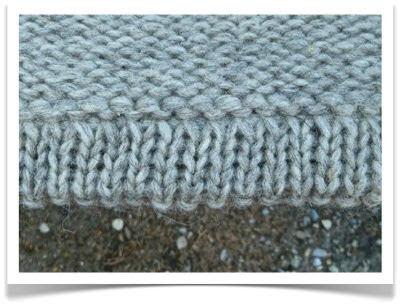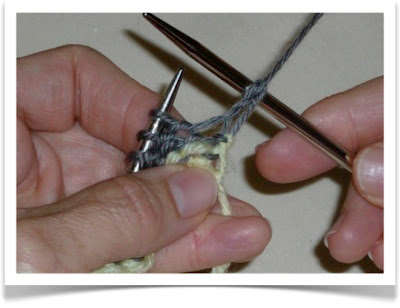For Christmas this year, I decided to make all of my knitting pals personalized stitch markers. I wanted to gift them in something that could act as wrapping, and as a purposeful holder for their markers, as well. I was looking through Sasha Kagan's Crochet Inspiration and found a pretty little stitch pattern that had both an interest texture and a slightly lacy look. It just seemed perfect for using to make little gift pouches.
Over the years I have amassed a collection of crochet cotton that I am not sure I will ever find enough uses for. Some I have purchased, and much has been donated. I have used it for other gifts, like mini granny square bookmarks. And I am currently creating an organizer for my new purse with some of it (if the organizer works out, you may see a post for the pattern in the future). With the multitude of colours in my stash, I was able to make a different coloured pouch for each friend.
I've just finished making seven in total (Phew! Just in time for Christmas!). They work up quickly, and I think they're really cute. As a Christmas gift to anyone out there reading this blog, I am including the pattern for these little pouches free in this post.
Cute Little Crochet Gift Pouches
MATERIALS:
- #10 crochet cotton OR #8 perle cotton (for a silkier looking pouch)
- 2.25mm (US 1/B) crochet hook
SIZE: Approx. 6cm (2 3⁄8") wide and 8cm (3 1⁄8") high [NOTE: #8 perle cotton will make a slightly smaller pouch]
TO MAKE:
Using 2.25mm (US 1/B) crochet hook, chain 50.
Foundation row (WS): Skip one chain, then sc into each remaining chain across (49 sts). Ch 3, turn.
Row 1 (RS): *Skip 1 sc, dc into next 3 sc, insert hook from front to back into skipped sc, yo and draw through a long loop, yo and draw through 2 loops on hook; rep from * to last sc, dc into last sc. Ch 1, turn.
Row 2: Sc into each st across. Ch 3, turn.
Repeat Rows 1 & 2 nine times. Then, work Row 1 once more. Fasten off.
Finishing:
Fold piece in half with right-sides together. Sew or crochet seam along side and bottom. Weave in ends, and turn right-side out.
For ties, work two chains, each approx. 25cm (10") long. Thread one chain in and out through the holes created by the 9th repeat of Row 1, starting and ending at the seam. Repeat with the other chain, starting and ending at the fold on the opposite side of the seam. Weave tails down chain about 2.5cm (1"), then tie ends together.
Enjoy one for yourself, or fill with goodies and gift to your friends! Merry Christmas and Happy New Year!








































